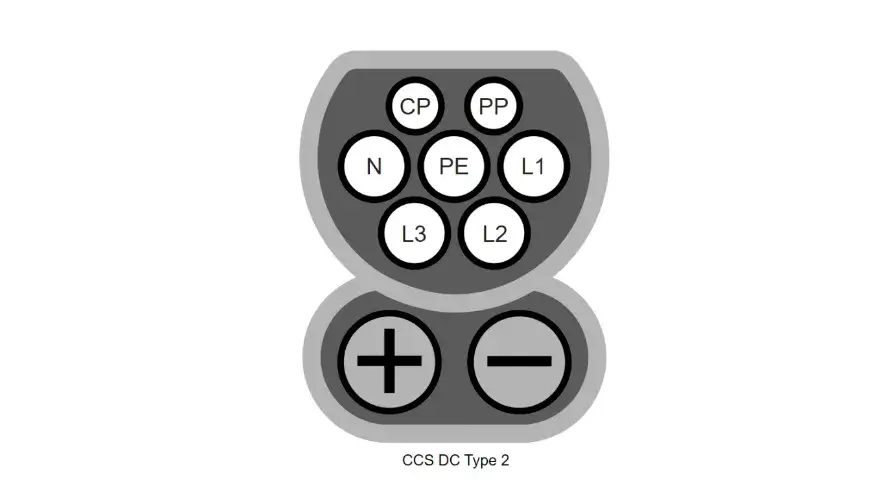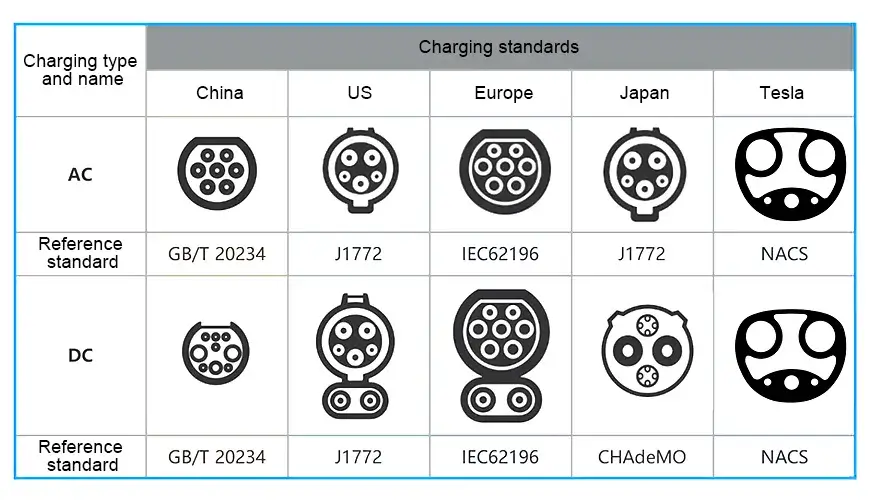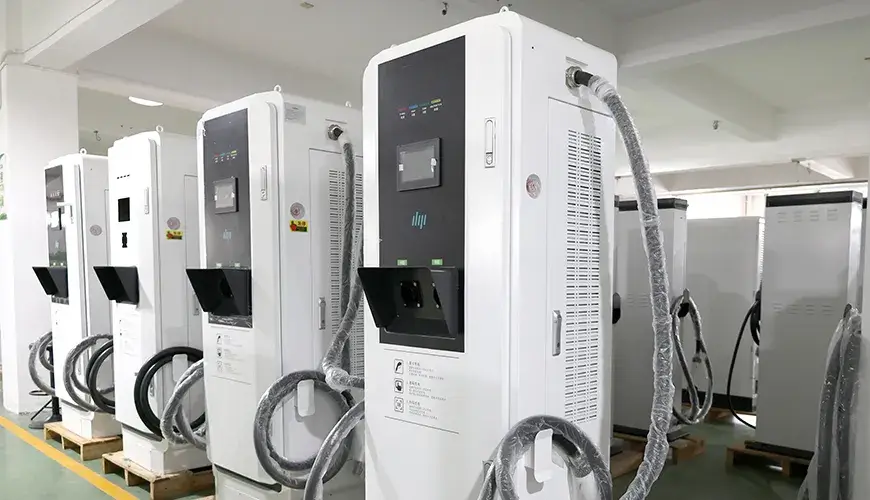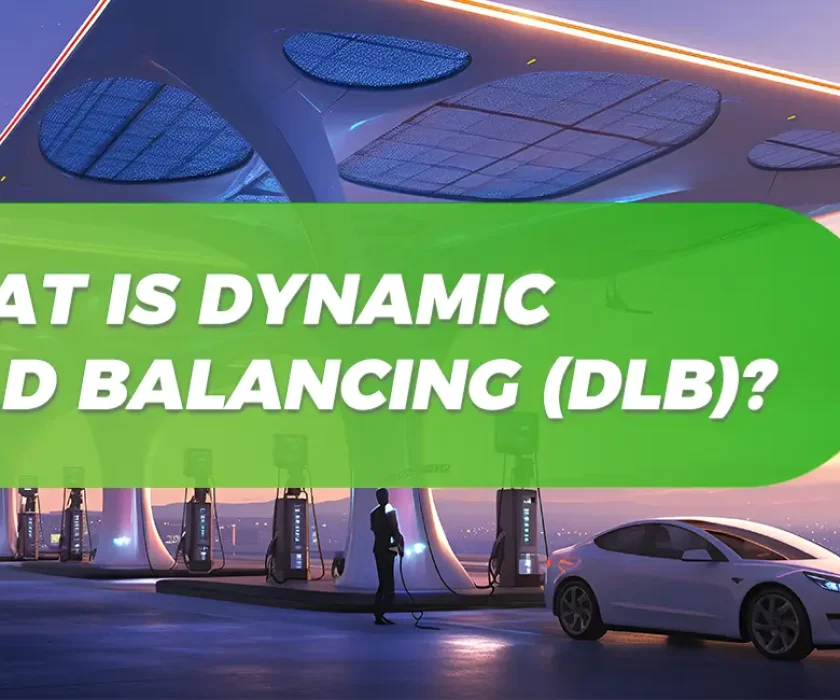T
The rise of electric vehicles (EVs) has brought about a wide array of charging technologies, and among the most prominent standards for fast charging are CCS1 and CCS2. If you’ve been researching EV charging systems, you’ve probably encountered these two terms quite often. Understanding their differences can be crucial, especially when choosing your next EV or when using public charging stations.
In this article, we’ll break down the CCS1 vs CCS2 debate, comparing their features, connector designs, charging speeds, and regional dominance. Whether you’re an EV owner or just an enthusiast, this guide will give you a solid understanding of these two systems, helping you make informed decisions.
What is CCS1?
Let’s start with CCS1, also known as Type 1 CCS. If you’re in North America or South Korea, this is the charging standard you’ll encounter most frequently. CCS stands for Combined Charging System, meaning it combines both AC (alternating current) and DC (direct current) charging capabilities in one connector.

The CCS1 connector is essentially a modified J1772 connector. It includes five pins for AC charging (two for power, one for ground, one for proximity, and one for communication), and an additional two-pin DC connector for fast charging. This allows EVs equipped with CCS1 to charge using both AC and DC power through a single port.
But what does this mean for you as an EV owner? Essentially, CCS1 supports AC charging at power levels up to 7.4 kW, which is typical for home charging. However, when connected to a DC fast charger, it can support up to 350 kW, allowing you to juice up your EV quickly.
You’ll find CCS1 used by popular EV models such as the Chevrolet Bolt, BMW i3, and the Hyundai Kona Electric. In these regions, the CCS1 infrastructure is quite robust and growing rapidly.
What is CCS2?
Now, let’s flip the coin and look at CCS2, or Type 2 CCS. This is the dominant standard outside of North America, particularly in Europe, Australia, and parts of Asia.

The CCS2 connector builds on the Type 2 (Mennekes) plug, which you’ll find in most European AC charging stations. Unlike the five-pin setup of CCS1, CCS2 features seven pins: three for three-phase AC power, one for neutral, one for ground, and the others for proximity and communication. Of course, like CCS1, there’s an additional two-pin DC connector beneath it for fast charging.
What’s fascinating about CCS2 is its flexibility. It supports both single-phase AC (up to 7.4 kW) and three-phase AC (up to 43 kW). That means if you’re charging at home, you’ll likely use the single-phase option, but at public stations, especially in Europe, three-phase AC can charge your vehicle much faster.
When it comes to DC fast charging, CCS2 also supports up to 350 kW, giving it similar potential as CCS1. You’ll find this connector on vehicles like the Audi e-tron, Mercedes-Benz EQC, and Renault Zoe.
Key Differences Between CCS1 and CCS2
At first glance, CCS1 and CCS2 may seem very similar—they both support fast charging with AC and DC power. However, dig a little deeper, and you’ll notice some crucial differences that could impact your charging experience. Let’s explore those differences:
1. Charging Speed and Power Output
CCS1 supports single-phase AC charging up to 7.4 kW. This is ideal for charging your EV at home or at work, but it’s slower than what CCS2 offers.
CCS2 goes a step further, supporting three-phase AC charging up to 43 kW, making it much faster at public stations.
Both CCS1 and CCS2 support DC fast charging up to 350 kW, but most stations offer between 50 kW and 175 kW.
2. Connector Design and Pin Configuration
CCS1 uses the J1772 connector, which has five pins for AC charging. It’s primarily designed for North American and South Korean markets.
CCS2, on the other hand, features the Type 2 (Mennekes) connector with seven pins, which allows it to handle three-phase AC charging. It’s the go-to standard in Europe, Australia, and parts of Asia.

3. Backward Compatibility
CCS1 is backward-compatible with J1772 connectors, meaning CCS1 vehicles can use both CCS1 and J1772 stations. However, cars with only J1772 connectors can’t use CCS1 fast chargers.
Similarly, CCS2 is backward-compatible with Type 2 stations, allowing CCS2-equipped vehicles to charge at both CCS2 and Type 2 stations.
CCS1 vs CCS2: A Comparison Table
| Feature | CCS1 | CCS2 |
| AC Charging | Single-phase up to 7.4 kW | Single-phase up to 7.4 kW, Three-phase up to 43 kW |
| DC Fast Charging | Up to 350 kW | Up to 350 kW |
| Pin Configuration | 5 pins for AC, 2 pins for DC | 7 pins for AC, 2 pins for DC |
| Regional Adoption | North America, South Korea | Europe, Australia, parts of Asia |
| Backward Compatibility | Compatible with J1772 | Compatible with Type 2 |
| Typical EV Models | BMW i3, Chevrolet Bolt, Hyundai Kona | Audi e-tron, Mercedes EQC, Renault Zoe |
Pros and Cons: CCS1 vs CCS2
While both CCS1 and CCS2 are excellent charging systems, each has its strengths and weaknesses. Let’s break them down:
CCS1: Advantages
- Widely adopted in North America and South Korea, offering a solid infrastructure for those regions.
- Backward-compatible with J1772, which adds flexibility for North American EV owners.
CCS1: Disadvantages
- Limited to single-phase AC charging, which makes it slower compared to CCS2 in some public charging scenarios.
- Less commonly used in Europe and other global markets, limiting its global reach.
CCS2: Advantages
- Three-phase AC charging allows for significantly faster charging speeds at public stations.
- Widely adopted across Europe, Australia, and Asia, with a growing infrastructure.
CCS2: Disadvantages
- Less prevalent in North America and South Korea, making it harder for international travelers.
- The seven-pin configuration can be more complex and prone to wear and tear over time.
Future Trends and Developments
The world of EV charging is constantly evolving, and the CCS1 vs CCS2 debate is no exception. Here are a few trends to keep an eye on:

Increasing Global Adoption of CCS2
While CCS1 continues to dominate North America, CCS2 is rapidly expanding globally. As European and Asian automakers like Volkswagen, BMW, and Hyundai increase their global market share, the demand for CCS2 infrastructure is likely to grow.
Potential for Harmonization
While a universal charging standard is still far off, there’s growing interest in creating multi-standard charging stations that accommodate both CCS1 and CCS2 vehicles. This could greatly reduce the challenges faced by international travelers and increase the availability of charging stations worldwide.
Impact on EV Charging Infrastructure
As governments and private enterprises invest in expanding EV infrastructure, the number of CCS1 and CCS2 stations is expected to surge. This expansion will help EV owners, whether they’re in North America, Europe, or Asia, access reliable charging options.
Conclusion
So, what’s the verdict in the CCS1 vs CCS2 debate? Ultimately, it depends on where you live and how you use your EV. If you’re in North America or South Korea, CCS1 will be your go-to standard, offering reliable and fast charging. However, for those in Europe, Australia, or parts of Asia, CCS2 provides more flexibility with its three-phase AC charging.
As the global EV market continues to grow, we may see increased harmonization between these standards, but for now, it’s crucial to understand the differences to make the best choice for your EV charging needs.
At MOREDAY, we specialize in DC EV charging stations that cater to both CCS1 and CCS2 systems, ensuring that no matter where you are, your charging experience is seamless and efficient.
FAQ`s.
Q1: Is CCS2 faster than CCS1?
A1:Yes, CCS2 supports three-phase AC charging up to 43 kW, which can make it faster in public charging stations. Both systems support up to 350 kW for DC fast charging.
Q2: Can I use a CCS1 charger with a CCS2 car?
A2: No, you cannot use a CCS1 charger with a CCS2 car without an adapter. Each system is designed for different connector types.
Q3: Why is CCS2 more common in Europe?
A3: CCS2 evolved from the Type 2 Mennekes connector, which is widely used for AC charging in Europe, making it the standard for EV charging across the continent.
Q4: Will CCS1 eventually be replaced by CCS2?
A4: It’s unlikely that CCS1 will be completely replaced, as it is firmly established in North America. However, we may see more multi-standard charging stations in the future to accommodate both systems.
Q5: Are CCS1 and CCS2 compatible with other charging systems like CHAdeMO?
A5: No, CCS1 and CCS2 are not compatible with CHAdeMO without specific adapters. However, some multi-standard stations offer both options to support a wider range of vehicles.
Derek Ke
Hi, I’m Derek Ke, founder of Moreday.com, an expert in solar-protected electrical products and electric vehicle charging.
Over the past 15 years, we have helped nearly 500 customers (such as farms, residential, industrial, and commercial) in 60 countries solve new energy and green power problems. We aim to share more knowledge about solar power generation and new energy with everyone so that green electricity can enter thousands of households.








